Niamh O'Mahony • January 28, 2025
As executive search specialists, we understand that organisations can find it challenging to partner with external agencies for recruitment or executive-level talent requirements. These partnerships require a commitment of internal resources such as time and money which are often unavailable to businesses.
If you're struggling to stretch budgets or gain stakeholder sign-off, not to worry - we don’t gate keep.
In this article, we share how to execute a successful executive search process, without enlisting the support of an external agency.
Hiring for senior leadership roles is one of the most critical decisions a business leader can make. The right executive can drive growth, innovation, and cultural alignment. On the flip side, the wrong hire can decrease team morale and cost valuable time, money, and momentum. While most organisations rely on external executive search firms for assistance with high-calibre positions, some opt to handle the process internally.
If you’re planning to take this route, here’s how to run a successful executive search process without enlisting an external agency:
1. Define the Position Clearly
Before you begin the search, invest time in understanding the exact needs of the position and the organisation. Create a comprehensive job description that outlines:
- Key responsibilities and deliverables.
- Required skills, qualifications, and experience.
- Soft skills and cultural traits that align with the values of your organisation.
This clarity will help you evaluate candidates more effectively and ensure alignment with your business goals.
It’s critical at this point to have a clear idea of the offer being made. For example, what is the salary range? What benefits (monetary and cultural) are on offer? What career progression opportunities are in place for the successful candidate? How will the organisation market the role internally?
Clarifying these points before market engagement is essential.
2. Conduct Market Research
Knowing what to expect in the talent market prior to engagement can be extremely beneficial. Define a targeted and detailed candidate and competitor map in which all listed talent will be included and approached. A research-supported search process has always provided us with the best candidate outcomes for our partners as this ensures no stone is left unturned in the search.
3. Build a Robust Search Strategy
Unlike recruitment for mid-level roles, finding executives requires a proactive and targeted approach. Develop a search strategy that includes:
- Networking: Leverage professional networks, industry events, and leadership forums to identify potential candidates.
- Direct Outreach: Use platforms like LinkedIn to connect with high-performing leaders in your industry.
- Internal Referrals: Tap into your organisation’s network for recommendations. Your leadership team may already know qualified candidates.
4. Assess Candidates Thoroughly
Evaluating executives goes beyond reviewing resumes. Focus on both technical competencies and cultural fit:
- Structured Interviews: Use a mix of behavioural and situational questions to understand how candidates have approached challenges in the past.
- Leadership Assessments: Consider using psychometric tests or case studies to measure problem-solving skills, emotional intelligence, and leadership style.
- Reference Checks: Conduct in-depth reference checks with former colleagues, supervisors, and direct reports to verify achievements and work style.
5. Protect Confidentiality
Executive search processes often involve sensitive information. Maintain discretion throughout the process to protect both your organisational reputation and the privacy of candidates. Avoid broad job postings (on job boards and LinkedIn) and rely on targeted outreach instead.
6. Prioritise Candidate Experience
High-calibre executives are often considering multiple opportunities simultaneously. Ensure that you are offering a seamless and professional experience by:
- Clearly communicating timelines.
- Providing regular updates.
- Offering meaningful feedback, regardless of the outcome.
Remember, a candidate will form an impression of your organisation from the moment they interact with your business. Maintain professionalism and empathy throughout the entire recruitment process. Aim to turn unsuccessful candidates into brand advocates despite the outcome.
7. Negotiate Thoughtfully
When you’ve identified the ideal candidate, approach negotiations with transparency and flexibility. Beyond salary, discuss benefits, performance incentives, and growth opportunities. Ensure the package reflects the value the candidate brings to your organisation.
8. Plan for Onboarding
The success of the chosen executive will depend heavily on their integration into the organisation. Develop a structured onboarding plan that includes:
- Clear performance expectations for the first 90 days.
- Introductions to key stakeholders.
- Opportunities to immerse in your organisation’s culture.
Our Thoughts
Running an executive search process internally requires significant time, effort, and resources (which is why most businesses outsource to dedicated search agencies).
While we would love to adopt the role of your dedicated executive search partner, by following these steps you should be well-equipped to identify, attract, and hire the leadership talent your organisation needs to thrive.
If this process seems a little overwhelming, or you would like to learn how we would execute your requirements, get in touch.
You can also
book an introductory call here with
North Search Managing Director, Paddy. We're always happy to offer non-commitment advice.
















